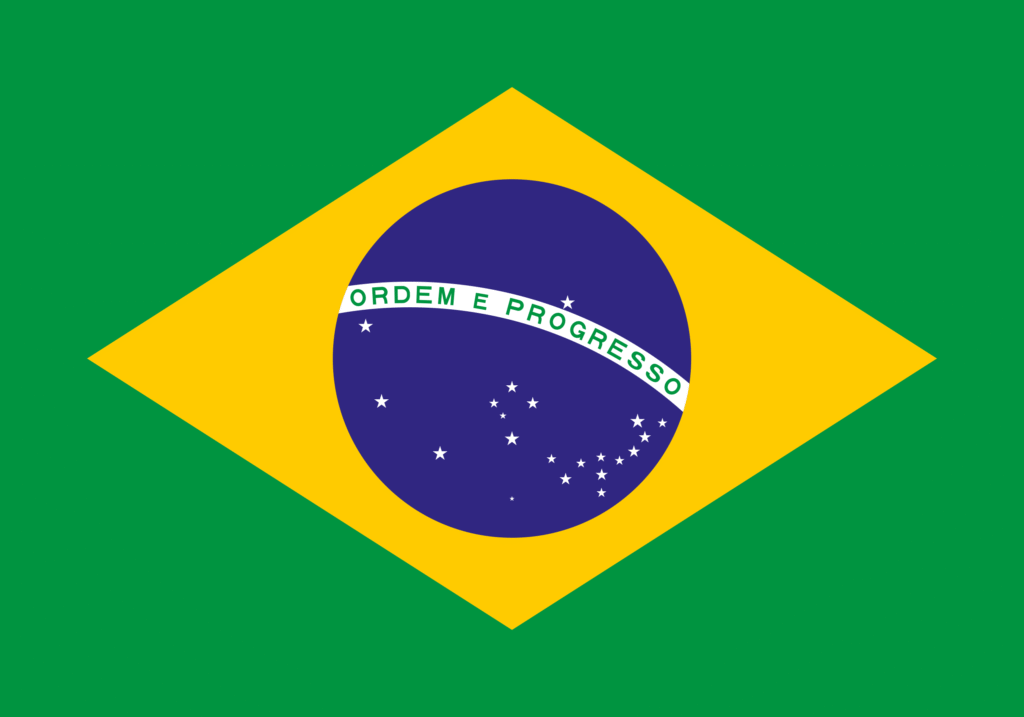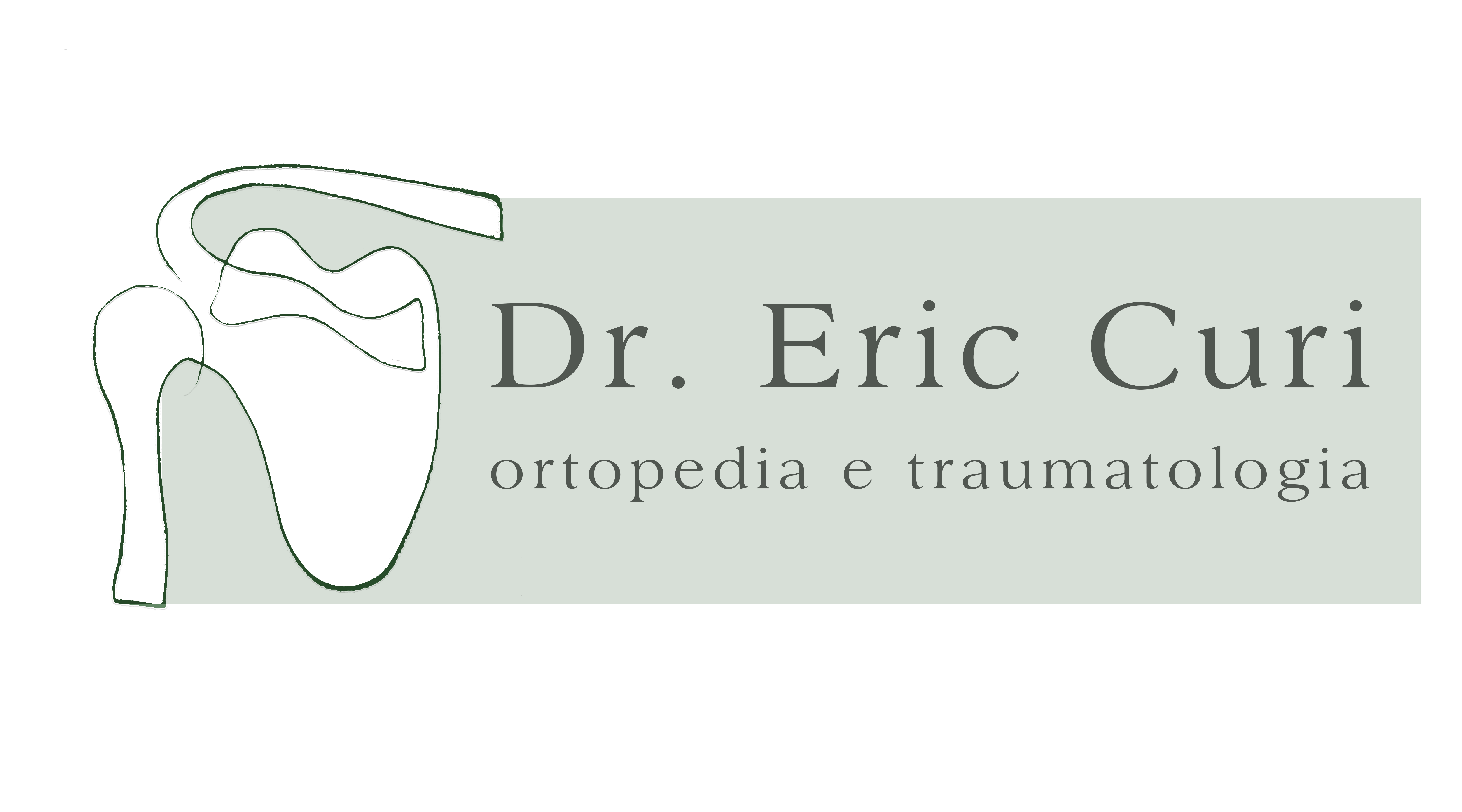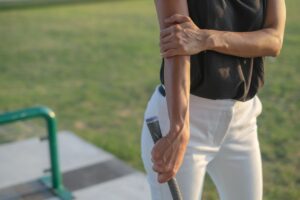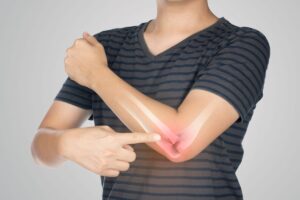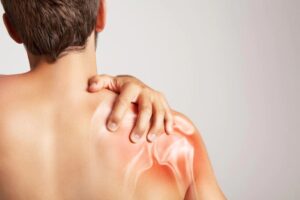Meet Dr. Eric Curi, Orthopedic Surgeon and Traumatologist, specialist in Shoulder and Elbow surgery in São Paulo.
Biceps and Triceps Tendon Rupture
Shoulder Pathologies
Elbow Pathologies
General Orthopedics
Last news
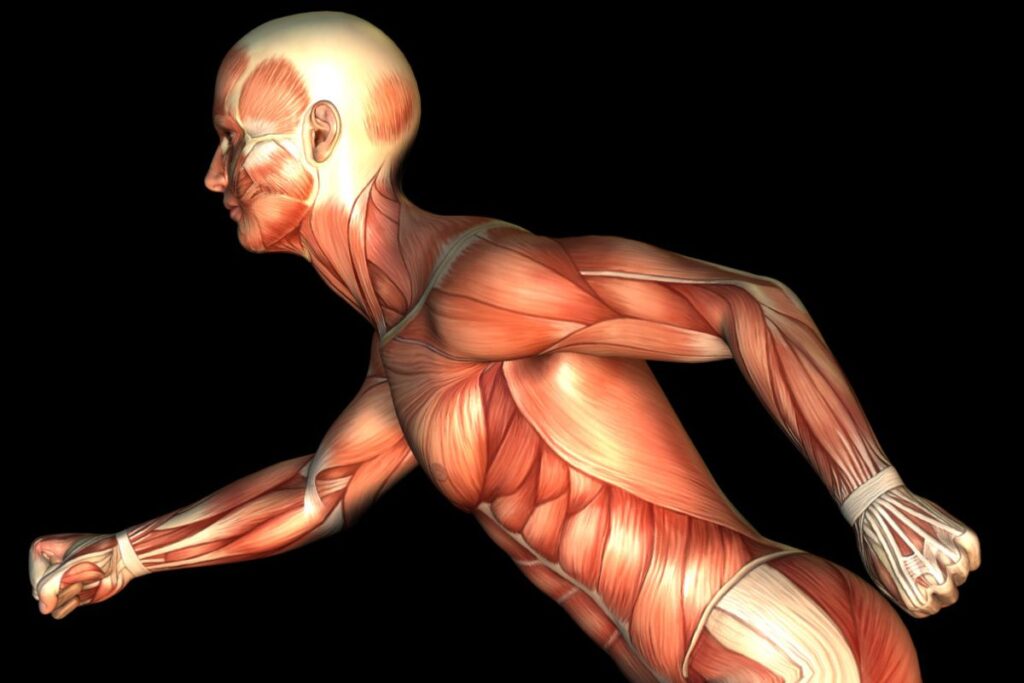
A tendon rupture is a condition that can cause significant pain and limited mobility, requiring special attention.
Tendons are fundamental structures that connect the muscle bellies to the bones. Among the main muscles of the arm, the biceps and triceps play essential roles in elbow flexion and extension, as well as other important functions.
However, like any other part of the body, these tendons are vulnerable to injuries — whether from trauma, inflammatory diseases, or age-related tissue degeneration.
In this article, we will explore the anatomy of the biceps and triceps tendons, their main functions, the most common injuries, and the available diagnostic and treatment options to help patients regain mobility and quality of life.
What Is a Tendon?
Tendons are tissues that are part of the muscle structure and connect the muscle bellies to the bones.
They have a unique composition that gives them both strength and flexibility, and they play a critical role in transmitting the force generated by muscles to move the bones.
Without tendons, muscle contractions would not be able to produce joint movement, making even basic actions like raising an arm or bending an elbow impossible.
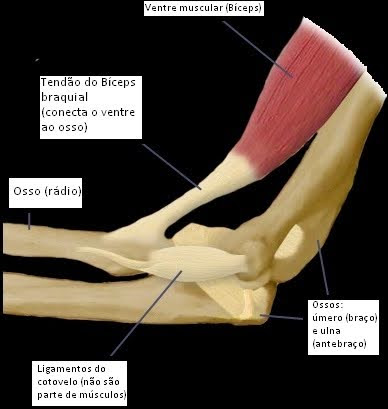
Function of the Biceps and Triceps
The biceps brachii and triceps brachii are muscles located in the upper arm with opposing yet complementary functions.
- The biceps, located in the front (anterior) part of the arm, is responsible for elbow flexion and forearm supination — the movement that turns the palm upward.
- The triceps, located in the back (posterior) part of the arm, is responsible for elbow extension, allowing the arm to straighten.
Together, these muscles enable essential movements for a wide range of daily activities.
Biceps
The biceps brachii is arguably the most well-known muscle of the arm.
Located in the front of the arm, it has two origins at the shoulder and a single insertion near the elbow, resulting in three main tendons: the short head and long head proximally, and a single distal tendon.
Although commonly associated with elbow flexion, the biceps’ main function is actually forearm supination.
Among the biceps tendons, the long head tendon is the most susceptible to injury and is often the cause of shoulder pain.
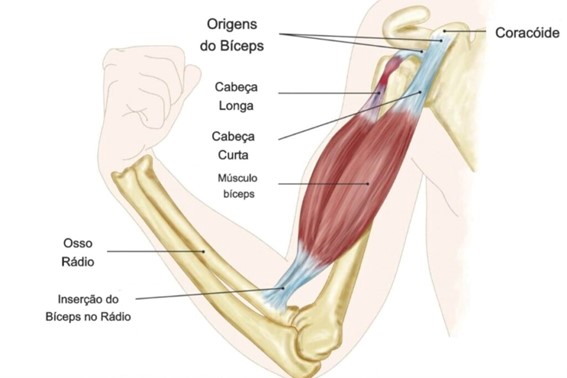
Imagem esquemática de uma inflamação na cabeça longa do bíceps.
Triceps
The triceps brachii is located at the back of the upper arm and consists of three heads, each with different points of origin:
- The long head originates from the infraglenoid tubercle of the scapula;
- The lateral head from the upper posterior humerus;, located in the back (posterior) part of the arm, is responsible for elbow extension, allowing the arm to straighten.
- The medial head from the lower posterior humerus.
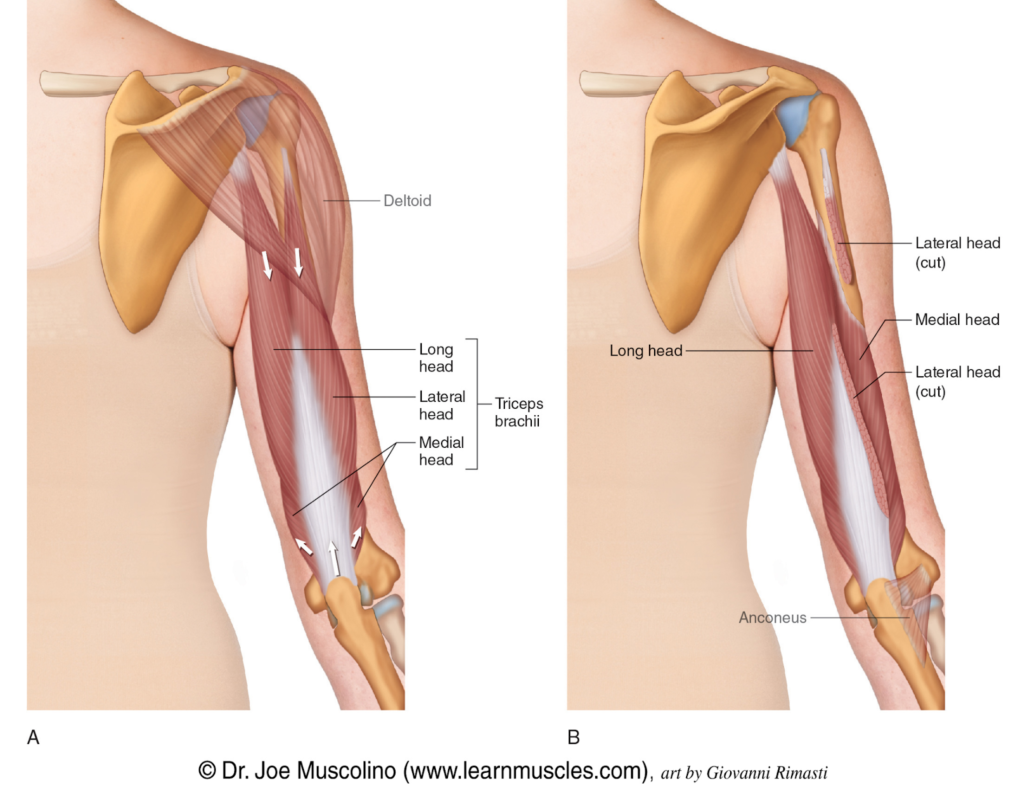
All three heads converge into a common muscle belly that inserts as a single tendon onto the olecranon, a bony prominence of the ulna at the elbow.
The long head of the triceps is biarticular, meaning it crosses both the shoulder and elbow joints, while the other two heads act only at the elbow.
Biceps and Triceps Tendon Ruptures
Like other tendons in the body, those of the biceps and triceps can suffer ruptures, either suddenly due to trauma, or as a result of chronic degeneration.
- In the biceps, the most common injuries occur in the long head and distal insertion, while the short head is rarely affected.
- In the triceps, the most common injury is a rupture of the distal tendon, which inserts into the olecranon.
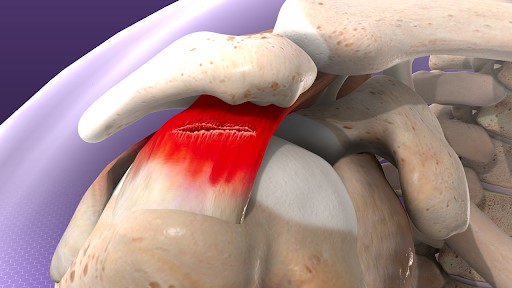
Lesão parcial do tendão supraespinal (manguito rotador)
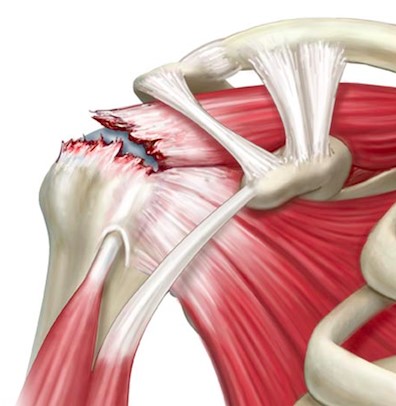
Lesão completa do tendão supraespinal (manguito rotador)
Tendon ruptures may be classified as:
- Complete: the tendon is fully torn, compromising muscle function
- Partial: only some fibers are torn. Partial tears can be superficial or deep — the latter behaving more like complete tears in terms of symptoms and treatment.
Understanding these differences is essential for choosing the right treatment and ensuring effective recovery.
Causes of Tendon Injuries
Several factors can contribute to tendon injuries, including:
- Trauma and Accidents: Falls, sudden movements, or excessive force — especially in previously weakened tendons — can lead to ruptures.
- Degeneration: With age, tendons lose collagen, experience muscular atrophy, and reduced blood supply, becoming more vulnerable.
- Genetic or Anatomical Factors: Some individuals may be born with inherently weaker or less flexible tendons.
- Steroid Use: Anabolic steroid use is a significant risk factor for tendon ruptures. Ruptures of the triceps or pectoralis major, for example, are frequently linked to substances like testosterone, estrogen, or oxandrolone.
Symptoms and Diagnosis
The symptoms of a tendon rupture vary depending on the location and severity but generally include:
- Pain: Always present and worsens with movement or repetitive actions.
- Muscle Weakness: Particularly when lifting or rotating the arm, making everyday tasks difficult.
- Limited Range of Motion: Stiffness or inability to raise, lower, or rotate the arm fully.
- Clicking or Popping Sound:Audible or palpable crepitus when moving the arm.
Diagnosis begins with a detailed clinical evaluation, assessing pain, tenderness, swelling, and visible or palpable deformities.
Understanding recent activity history also helps identify potential causes.
Imaging tests support diagnosis:
- Ultrasound (US) is preferred due to its speed, accessibility, and cost-effectiveness.
- X-rays (RX) are used to rule out bone injuries.
- MRI is reserved for identifying chronic tendinopathies and associated soft tissue damage, such as cartilage or ligament injuries.
Treatment for Tendon Ruptures
Treatment depends on the location and severity of the rupture.
- Partial Tears: Typically treated conservatively, with local hyaluronic acid injections and customized physical therapy to promote healing. This non-surgical option is ideal for less severe injuries.
- Complete Ruptures: Often require surgical intervention. Surgery is usually performed via arthroscopy, a minimally invasive technique that allows for quicker recovery. The torn tendon is reattached to the bone, followed by a rehabilitation program.
Lesões parciais
Timely intervention is key — ideally within the first few weeks after injury — to avoid complications like tendon retraction, atrophy, and fibrosis.
After surgery, a period of immobilization may be necessary, followed by progressive physical therapy to restore strength and function.
Follow-up visits are crucial to monitor progress and make adjustments as needed.
Final Thoughts
Biceps and triceps tendon ruptures can be painful and functionally limiting conditions.
However, with proper diagnosis and treatment, full recovery of strength and mobility is achievable.
If you are experiencing pain, tenderness, or movement limitations in your arm, it’s important to consult a specialist for an accurate diagnosis and the best treatment plan.
Dr. Eric Curi is an expert in treating these injuries and can help you recover your quality of life.
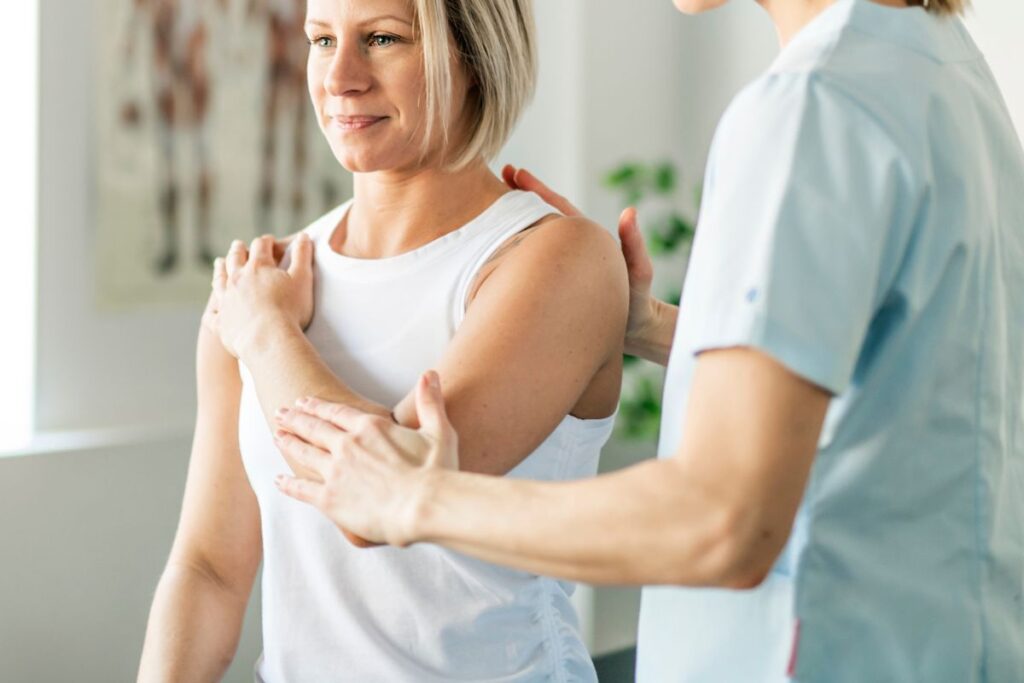
Book your consultation today!
Vila Olímpia
SARTOR - Medicina Integrada
- (11) 3045-2090
- Rua Helena, 218 - Trade Tower - 4º Andar
- Segunda - Sexta : 09:00 -18:00
